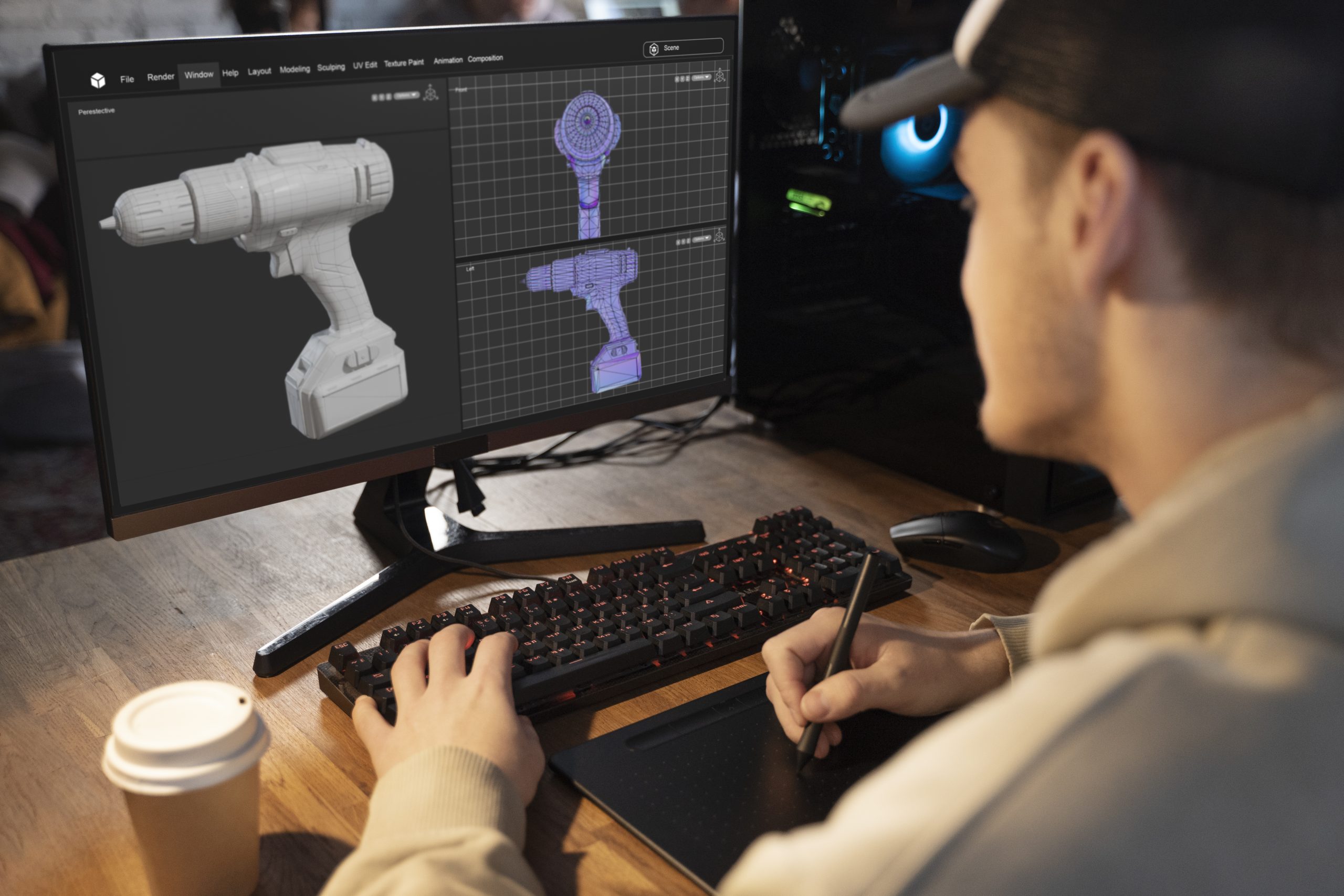
Can I Learn CAD On My Own?
Computer-Aided Design has become essential in many fields. Whether you're an architect, product designer, or hobbyist, learning CAD can help you open doors to career opportunities and personal projects. So, you might be wondering: Can I learn CAD on my own?
Understanding the Basics of CAD
To begin, it’s important to understand what CAD is and how it works. CAD software allows users to create precise drawings, models, and simulations of physical objects. From 3D models of buildings to detailed mechanical parts, it’s the backbone of modern design.
So, learning CAD on your own means familiarizing yourself with its features and capabilities. CAD tools come with vast libraries of components, advanced features for 3D modeling, and specific functionalities that can seem overwhelming at first. The key challenge for anyone self-learning CAD is mastering the basic features before diving into more complex tools and techniques. But with determination and patience, it's possible to gain proficiency.
Challenges of Learning CAD on Your Own
While learning CAD on your own offers flexibility and independence, there are challenges that come with this approach. First, CAD is a technical skill, which means there is often a steep learning curve.
Another hurdle is the sheer volume of available resources. With a multitude of free tutorials, online courses, and forums, it can be difficult to know where to start. Without a structured learning path, it’s easy to waste time jumping between sources without making significant progress. Additionally, self-teaching CAD means you don’t have a mentor to guide you through difficult problems or to correct your mistakes.
That being said, self-learning CAD is not impossible; it just requires a strategic approach.
How to Succeed in Self-Learning CAD?
To successfully self-learn CAD, it’s important to divide the learning process into manageable steps:
- Start with the fundamentals – before diving into advanced techniques, focus on the basics. Understanding the core concepts of CAD, like drawing shapes, manipulating objects, and creating simple designs, will give you the foundation you need. For this purpose, you can make use of free tutorials available on platforms like YouTube or various educational websites.
- Practice regularly – the more time you spend working with the software, the more familiar you’ll become with its features and interface. Start by creating basic designs and gradually increase the complexity of your projects as you grow more confident.
- Leverage online communities – one of the greatest advantages of learning CAD on your own is the vast support network available online. Forums and online communities dedicated to CAD have experienced users who are willing to help with specific problems. Don’t hesitate to ask questions and learn from others’ experiences. This can be really valuable when you’re stuck or need advice.
- Take advantage of structured learning – platforms like Coursera, Udemy, and LinkedIn Learning offer courses on CAD that cater to different skill levels. These courses often come with step-by-step lessons that can help you understand complex concepts at your own pace, providing a solid framework for learning efficiently.
- Work on real projects – the best way to learn CAD on your own is to apply it to real-world projects. Whether it’s designing a simple product prototype, planning a room layout, or creating a 3D model of an existing object, hands-on experience is invaluable. Real projects help solidify what you’ve learned and give you a deeper understanding of the software’s practical applications.
What to Expect When Learning CAD on Your Own
Self-learning CAD is an ongoing journey. As you progress, you’ll start to realize that the software becomes more intuitive, and your ability to translate ideas into designs improves. Initially, creating simple 2D drawings will feel like an accomplishment, but as your skills develop, you’ll begin to tackle more advanced 3D modeling, rendering, and simulations.
Remember that CAD is a versatile skill that is constantly evolving. As you continue to learn, new features and tools will be released, and you may need to adapt your techniques accordingly. This continuous learning process is part of the appeal of CAD, as it keeps you engaged and pushes you to stay up-to-date with the latest advancements in the field.
The Takeaway
Can you learn CAD on your own? Absolutely. It takes time, practice, and dedication, but with the right mindset and resources, mastering CAD on your own is not only possible but also highly rewarding. You’ll surely face challenges along the way, but with the support of online communities, the availability of structured resources, and the flexibility of learning at your own pace, it’s really achievable.
As you embark on your journey of self-learning CAD, keep in mind that the process is not just about mastering the software. It’s about developing a mindset of problem-solving, creativity, and innovation. By teaching yourself CAD, you open up a world of possibilities in design, engineering, and beyond.
Check out: 7 mistakes to avoid when learning CAD.
